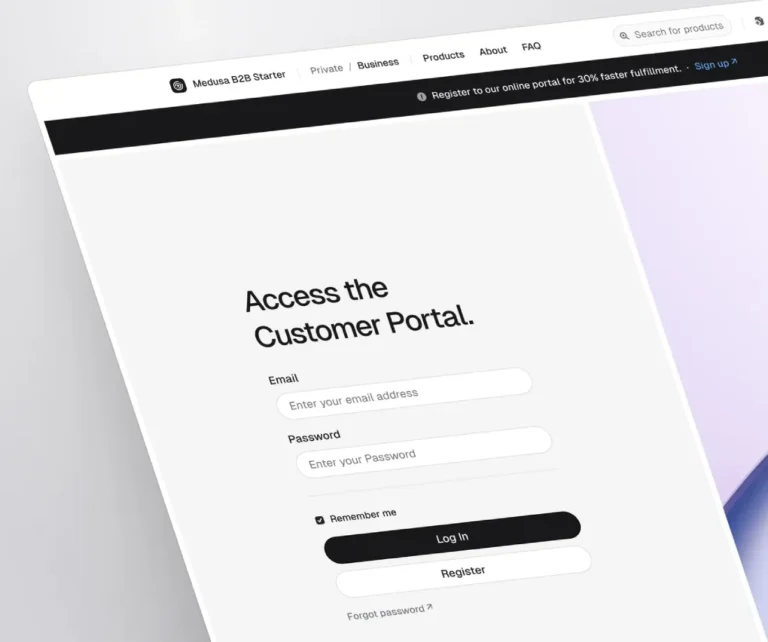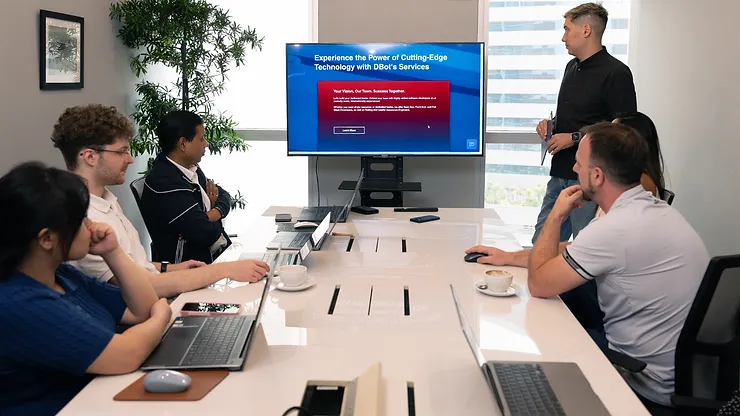Why It’s Time to Rethink Your Tech Hiring Strategy
The global tech talent shortage is forcing companies to explore new ways to scale. AI is reshaping industries, digital transformation is accelerating, and competition for skilled developers is fiercer than ever. Companies relying on local hiring face major challenges:
- Rising labor costs – Tech salaries are skyrocketing in North America and Europe.
- Long hiring cycles – Finding top developers can take months, delaying projects.
- Limited talent supply – Demand for software engineers exceeds supply in many regions.
92 million jobs are expected to be lost by 2030 due to automation. (Source: World Economic Forum)
170 million new tech jobs will be created, yet filling them will be a challenge. (Source: McKinsey & Company)
86% of global companies anticipate AI-driven transformation. (Source: PwC Report)
To stay ahead, businesses are offshoring tech teams to high-growth regions like Southeast Asia.
Why Southeast Asia is the #1 Choice for Offshore Tech Teams
Southeast Asia has become a global leader in offshore software development. The region offers an ideal mix of affordability, talent, and scalability for businesses looking to expand their engineering teams.
Cost Savings: U.S. vs. Southeast Asia Developer Salaries
The financial benefits of hiring offshore developers in Southeast Asia are significant:
| Region | Mid-Level Software Engineer Salary | Cost Savings Compared to U.S. |
|---|---|---|
| United States | ~€99,000 per year | – |
| Thailand | €35,000 – €50,000 | 50-65% savings |
| Vietnam | €30,000 – €45,000 | 55-70% savings |
| Philippines | €32,000 – €48,000 | 50-68% savings |
Takeaway: Companies can cut costs by 50-70% without sacrificing quality.
Strong Tech Talent Pipeline
Southeast Asia produces a steady flow of skilled IT professionals:
- 6 million+ IT professionals are currently employed in the region.
- 40,000+ new software engineers graduate annually, strengthening the talent supply.
- Expertise in Java, Python, AI/ML, blockchain, and cloud computing is growing rapidly.
English Proficiency & Seamless Collaboration
- The Philippines ranks among the top non-native English-speaking countries globally.
- Thailand and Vietnam have growing English-speaking developer communities, ensuring smooth communication.
Business-Friendly Policies & Tech Growth
- Governments in Thailand, Malaysia, and Vietnam offer tax incentives and startup-friendly policies to attract foreign tech investment.
- Modern co-working spaces, fast internet, and tech parks support software development teams.
The Hidden Costs of Hiring Locally vs. Offshore Development
Many companies underestimate the true cost of hiring locally. Beyond salaries, there are hidden expenses that increase operational overhead:
| Expense | U.S. Cost per Developer (€) | Thailand Cost per Developer (€) |
|---|---|---|
| Recruitment Costs (Time & Fees) | 15,000 | 5,000 |
| Turnover Replacement Cost | 9,900 | 4,000 |
| Onboarding & Training | 10,000 | 6,000 |
| Office Space & Benefits | 39,600 | 16,000 |
| Total Cost Per Developer | €74,500+ | €31,000+ |
Key Insight: Offshore teams in Southeast Asia eliminate inefficiencies, allowing businesses to scale faster while reducing hiring costs by 40% or more.
Comparing Tech Hubs: Thailand vs. Vietnam vs. The Philippines
Thailand: The Emerging Tech Powerhouse
- Strong government support – Thailand 4.0 initiative encourages foreign tech investment.
- Competitive salaries – Lower than Western markets, but higher than Vietnam.
- Growing AI & Fintech sector – Thailand is emerging as a leader in AI, fintech, and blockchain development.
Vietnam: The Rising IT Outsourcing Giant
- Cheapest labor costs – Salaries are 10-15% lower than in Thailand.
- High technical expertise – Skilled in full-stack development, AI, and cybersecurity.
- Strong government IT policies – Tech industry accounts for over 14% of GDP.
The Philippines: English-Proficient & BPO-Driven
- Best English-speaking workforce – Essential for seamless global communication.
- Strong outsourcing culture – Decades of experience in IT and customer support services.
- Higher labor costs than Vietnam – But still 50-60% cheaper than Western markets.
Which country is best? It depends on your needs! Thailand is ideal for balanced cost savings and high-quality developers, Vietnam for low-cost IT outsourcing, and the Philippines for customer-facing tech roles.
How DBot Software Simplifies Offshore Hiring
Despite the benefits of offshoring, some businesses worry about cultural differences and workflow integration. That’s where DBot Software comes in.
Why Choose DBot Software?
- Fast Hiring Cycles: Build your team in weeks, not months.
- Top-Tier Engineering Talent: Experts in AI, cloud computing, full-stack development, and blockchain.
- Flexible Engagement Models: Scale your team up or down based on project needs.
- Seamless Communication: Developers undergo English and business communication training.
- Cultural & Workflow Integration: Our leadership team understands both Western and Asian business environments.
Ready to scale your tech team?
Frequently Asked Questions (FAQs)
No. Countries like the Philippines, Thailand, and Vietnam have strong English-speaking developer communities, ensuring smooth collaboration.
Businesses typically save 50-70% compared to hiring in the U.S. or Western Europe.
Software developers, AI engineers, DevOps specialists, blockchain experts, and IT support teams.
We integrate with your existing workflow tools (e.g., Jira, Slack, GitHub) for seamless project execution.
Yes! Thailand’s tech ecosystem, stable economy, and government incentives make it a sustainable option for offshore development.
Final Thoughts
- Southeast Asia offers world-class tech talent at a fraction of the cost.
- Thailand, Vietnam, and the Philippines each have unique advantages, choose based on your needs.
- DBot Software simplifies offshore hiring, ensuring a seamless and cost-effective experience.
Don’t let hiring challenges slow you down! Contact DBot Software today and build your offshore dream team.






